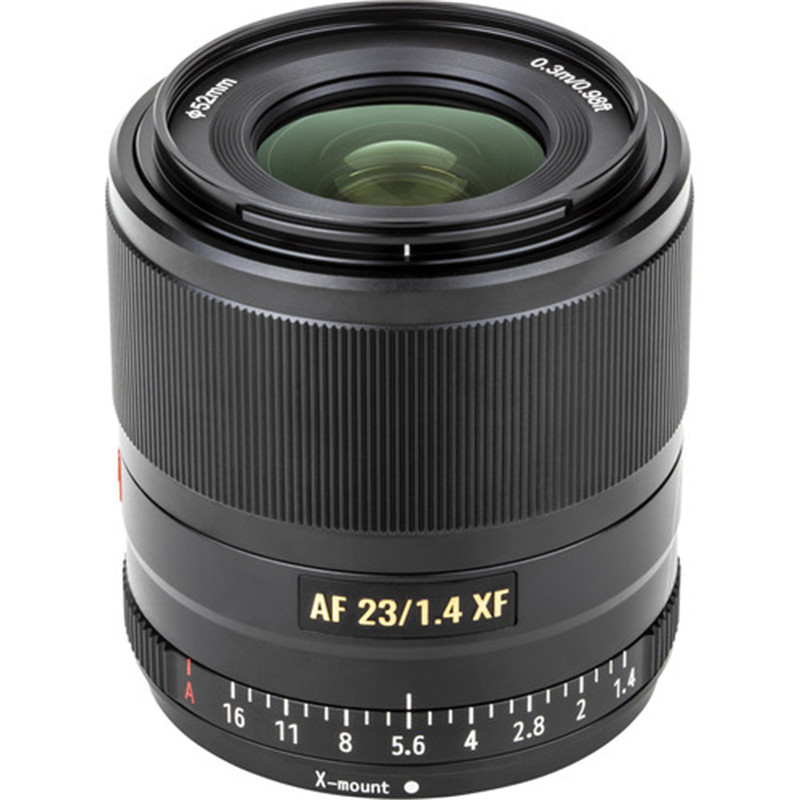

I could easily reach for my Fuji XF 35mm f/1.4, which I adore.

I call them flaws, although I could easily call them “character,” but I choose not to delude myself. These days, I really appreciate lenses with flaws. Portraits at f/0.95 can yield awesome results if you are careful with focus. In fact, I found that with good technique and subject material, this lens makes it hard to deliver a bad photo, as long as you took your time to nail focus and compose well. Street portraits taken with a careful emphasis on perfect focus pop out at you with awesome separation and bokeh, without looking fake or strange. Far from a perfect optical formula, pixel-peepers and technical obsessives may not be pleased, but I bought this lens for one reason, shooting f/0.95, and I knew I would deal with flaws and limits to its optical formula, but I was very pleased to find out those were outweighed by its wonderful character and incredible low light performance. It is especially nice since I like to use my e-bike to get around during my street photography sessions, and the less gear I have to haul, the more I can truly take advantage of that extreme mobility. The added flexibility of shooting handheld in low light and forgoing a tripod helps make up for lack of autofocus to me as well, as that flexibility and the compact nature of a kit of one body and one lens is very freeing. Slowing down has always allowed me to hone my composition in an image and makes me think more about what I am trying to accomplish. Some will stress that precious seconds will lose them that once-in-a-lifetime shot they could have gotten with autofocus, but I argue that the slow and careful workflow required to obtain sharp focus has more potential benefits to a shooter than drawbacks.
#Fujifilm lens big aperture manual#
Manual focus does what it always does: it slows you down. The experience of shooting with the lens became a joy to me. By the time I got my grubby little hands on this 7Artians lens, I was comfortable using the built-in focusing aid features like focus peaking and zoom magnification, and my ability to focus even at the paper-thin depth-of-field setting that comes with f/0.95 was fairly good. I remember back when I was an autofocus-only kind of guy, and I couldn’t be bothered with manual focus, but I gradually eased into the market segment, with vintage lenses and the Rokinon 12mm f/2, which was top of its class for a value ultrawide when it was released. This shot of my daughter enjoying fireworks is a great example of how powerful this lens can be when the light is dim. Moonlight and lamplight become viable light sources for handheld street photography with a setup like this, owed in part to Fuji’s excellent high-ISO noise handling. I especially love shooting at night, and by combining this lens with my IBIS-equipped compact powerhouse, the Fujifilm X-S10, I could easily shoot at any hour I wanted, even long after the sun had set. The focus ring felt smooth, and the aperture ring was not overly loose, though it was de-clicked.Īs soon as I received the lens and did some initial testing with it, I realized I wanted my first real world testing to be street photography. Upon arrival, I was impressed with its all-metal construction and hefty weight.

I have plenty of autofocus lenses if I need them, and something in my gut told me this lens would be a riot. The lure of f/0.95 and the accompanying low-light performance, subject separation, and lovely bokeh were simply too strong for me, and I forced myself to forget about its lack of autofocus. A low-light beast like the 7Artisans 35mm f/0.95 is well-suited for handheld street photography at night.Ī 35mm lens is one of my favorite general focal lengths on the APS-C system, and I have been using the brilliant Fujifilm XF 35mm f/1.4 for years now.


 0 kommentar(er)
0 kommentar(er)
